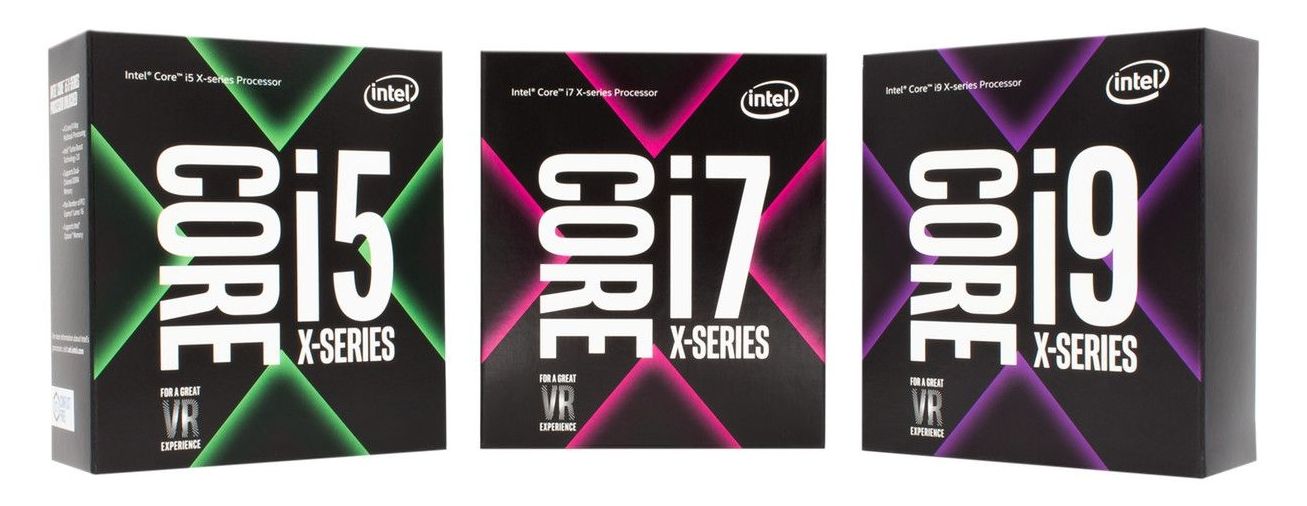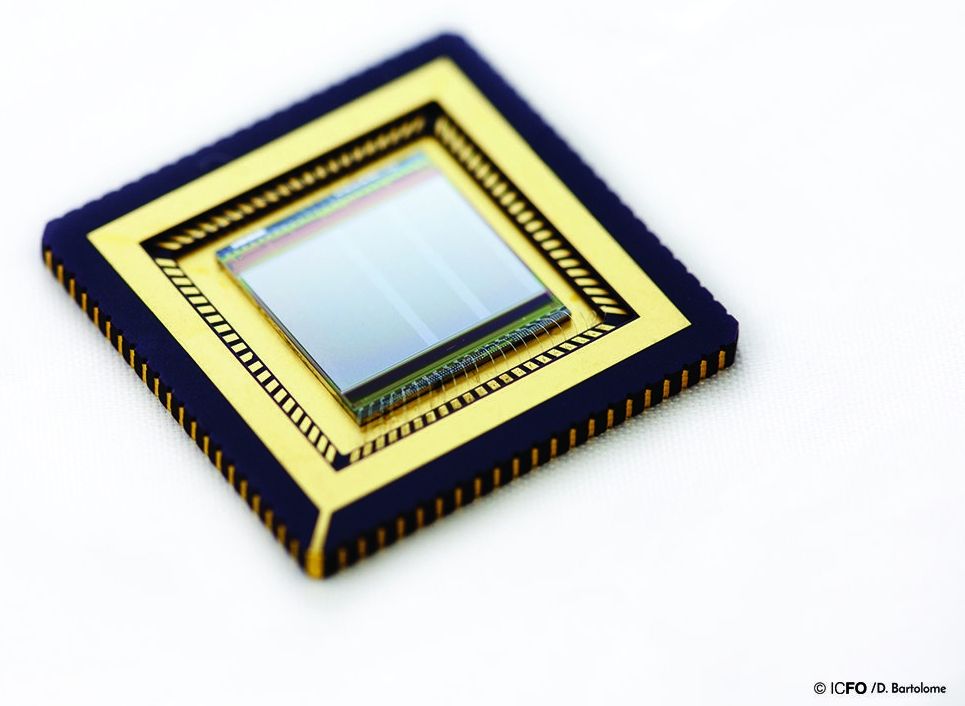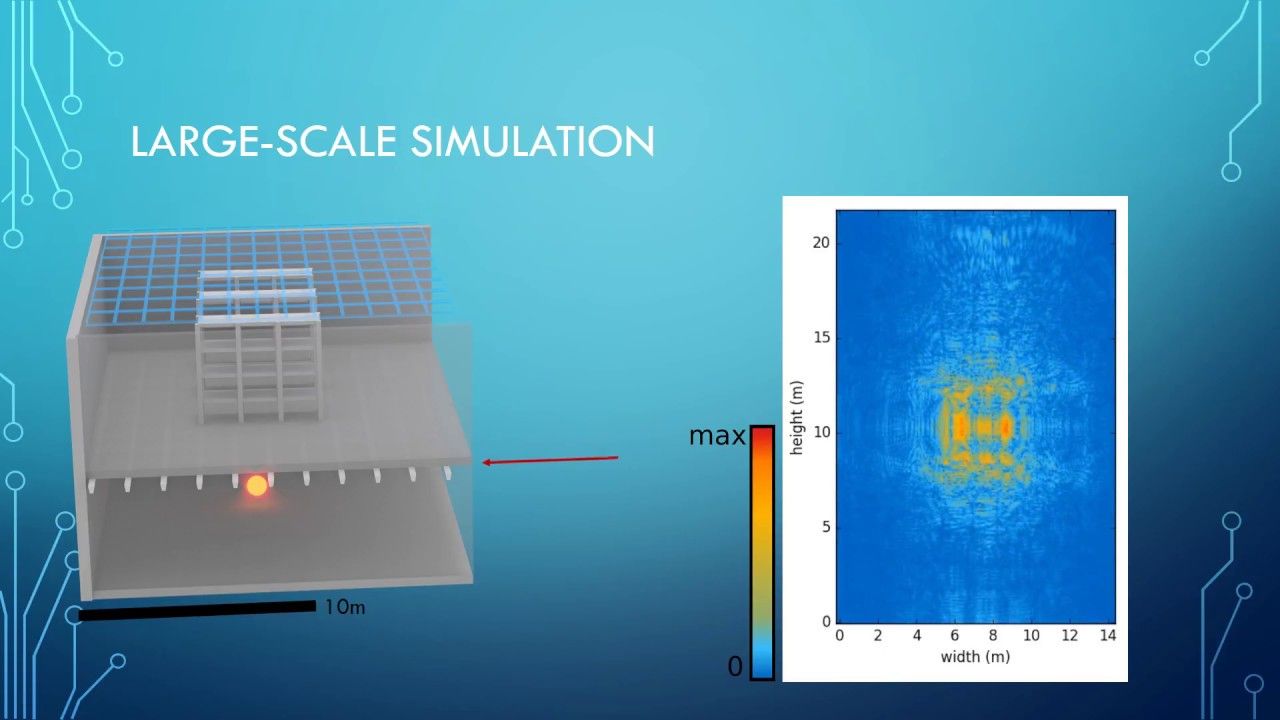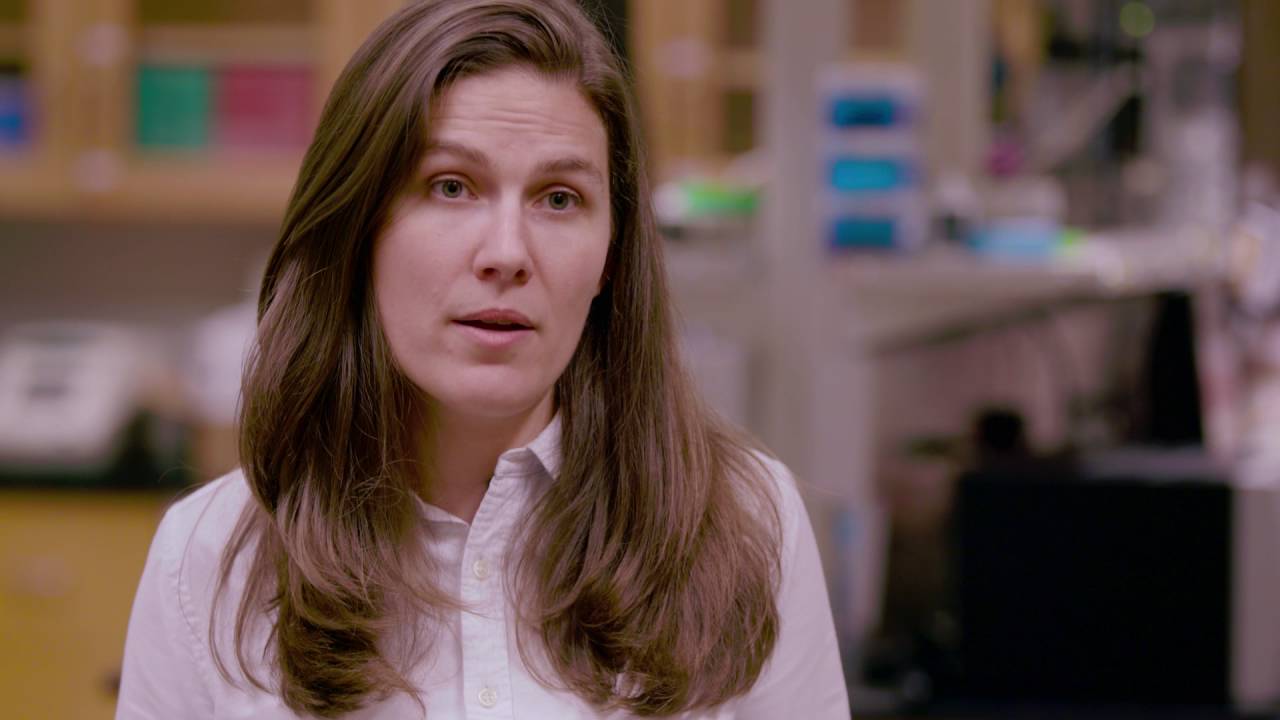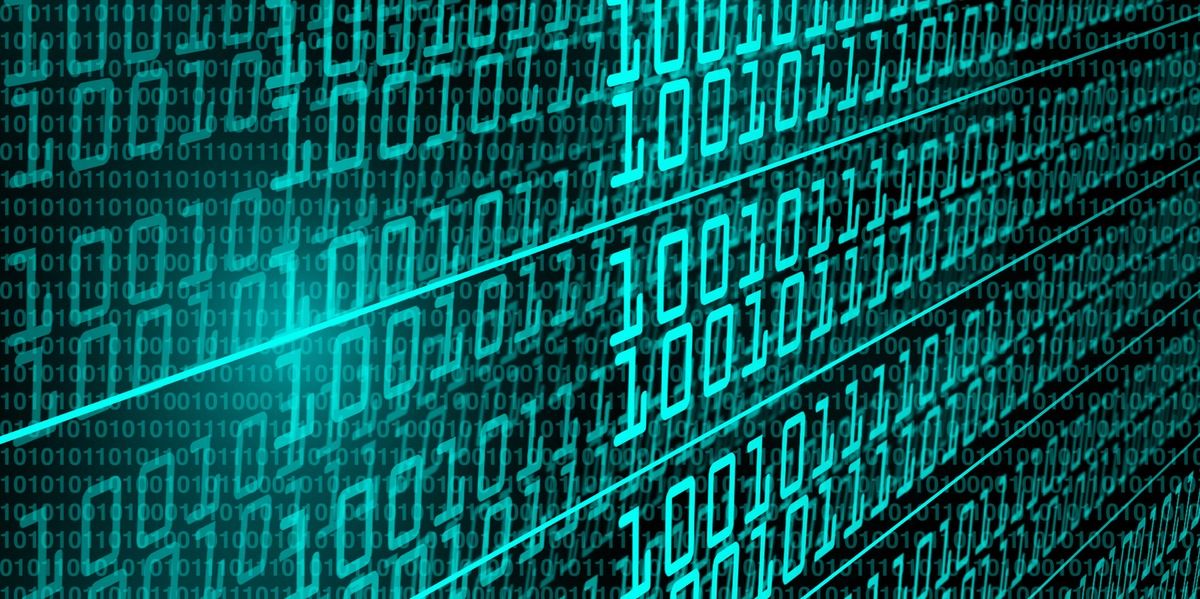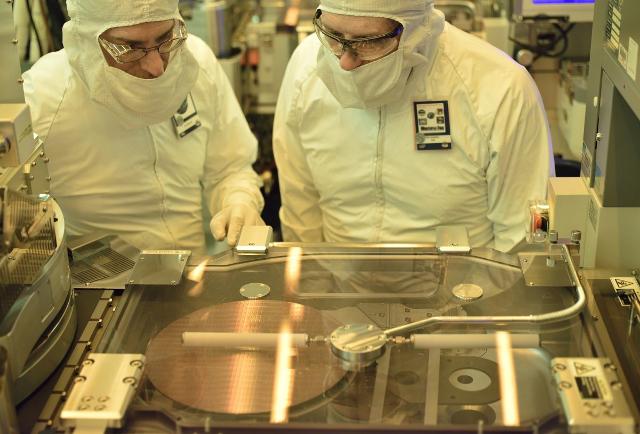May 31, 2017
Intel announces Core X line of high-end processors, including new Core i9 chips
Posted by Shailesh Prasad in categories: computing, entertainment
Intel announced a new family of “Core X” desktop processors at Computex today, offering even more powerful versions of its existing Core i5 and Core i7 models, along with a new, top-of-the-line Core i9 line for those who want even more firepower.
The Core X platform is being targeted squarely at enthusiast customers like gamers and content creators — people who want to be able to run the latest games at the best possible resolution while streaming footage and running a chat with viewers or have four different creative tools open at once to put together a new vlog.
To that end, the Core X-series scales from models with 4-cores topping out with the $1,999 Core i9 Extreme, which Intel proudly points out is the first consumer desktop processor to offer 18-cores and 36-threads.
Continue reading “Intel announces Core X line of high-end processors, including new Core i9 chips” »
